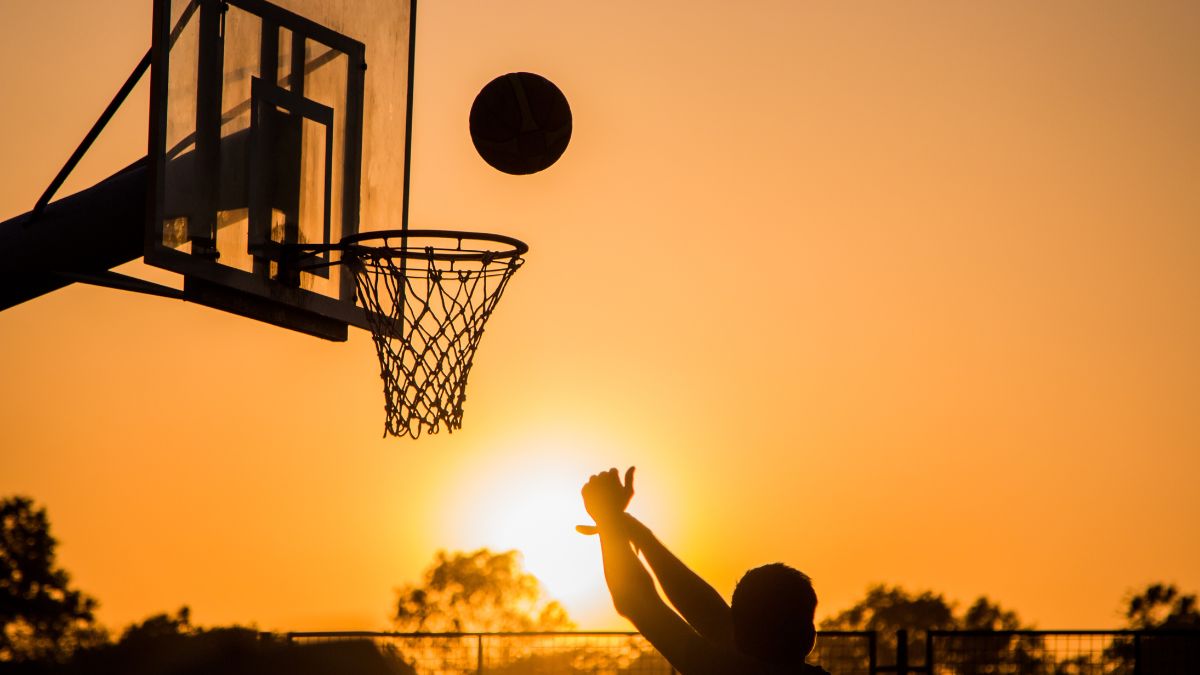The Controversial Judging in Boxing
The Controversial Judging in Boxing
The “Malice at the Palace” brawl in NBA

The "Malice at the Palace" brawl in NBA
In the annals of sports history, certain moments stand frozen in time, etched into the collective memory with a mix of awe and disbelief. Among these, the “Malice at the Palace” brawl transcends mere athletic contest, evolving into a saga of raw human emotion and unforgettable chaos. This event, which unfolded on a chilly November night in 2004, is not just a tale of a game gone awry but a dramatic narrative that shook the very foundations of the NBA and sportsmanship itself.
The stage was set at the Palace of Auburn Hills, Michigan, a fortress for the Detroit Pistons, who were hosting the Indiana Pacers in what was expected to be a high-stakes but standard regular-season game. Yet, as the final minutes ticked down, the script took a turn towards the unprecedented. With less than a minute remaining and the Pacers firmly in the lead, a hard foul escalated tensions, sparking a fuse that would ignite one of the most infamous brawls in sports history.
The initial scuffle on the court between players was a prelude to what would become a theater of the absurd. Ron Artest, now known as Metta World Peace, lay sprawled on the scorer’s table, a momentary retreat that would soon become the epicenter of chaos. A thrown cup from the stands, arcing through the air with a trajectory aimed not just at Artest but at the very heart of sportsmanship, marked the point of no return. What followed was an eruption, as Artest charged into the stands, unleashing a maelstrom of violence that blurred the lines between players and spectators, combatants in an arena where the rules of engagement were suddenly forgotten.
The images from that night are seared into memory: fists flying, fans and players locked in combat, a scene more akin to ancient gladiatorial combat than a modern basketball game. The spectacle was shocking, a breakdown of societal norms played out live in front of a national audience. The brawl spilled back onto the court, drawing in players, fans, and officials into a vortex of violence that seemed to defy belief.
In the aftermath, the fallout was swift and severe. The NBA, under the stewardship of Commissioner David Stern, handed down suspensions that were unprecedented in their severity, sidelining key players for a significant portion of the season and forever altering the trajectories of careers. The league faced a reckoning, forced to confront not just the events of that night but the very culture of the sport itself. Measures were implemented to enhance security, to redefine the boundaries between players and fans, and to ensure that such an event would never occur again.
Yet, the “Malice at the Palace” remains more than a cautionary tale; it is a moment of awe-inspiring shock, a reminder of the thin veil that separates civility from chaos. It challenged perceptions of athletes and fans alike, serving as a stark reminder of the passions that fuel sports and the responsibility that comes with them. This event did not just mark a moment of infamy; it sparked a profound and necessary evolution in the world of professional basketball, forever changing how the game is played, viewed, and governed.
In reflecting on the “Malice at the Palace,” one cannot help but feel a sense of awe at the sheer unpredictability of life and the powerful emotions that sport can evoke. It stands as a testament to the fact that in the arena of human endeavor, the most unforgettable moments are often those that defy expectation, challenging us to reconsider the boundaries of what is possible.